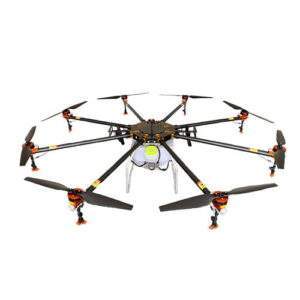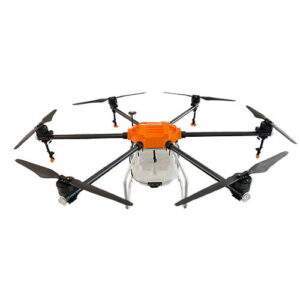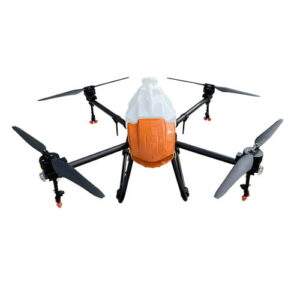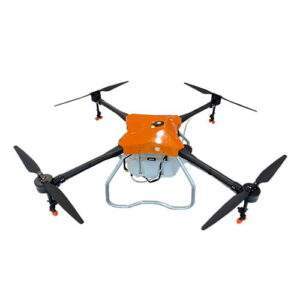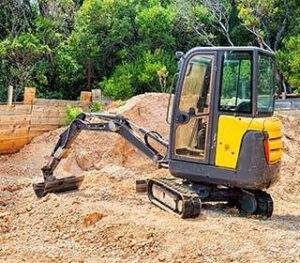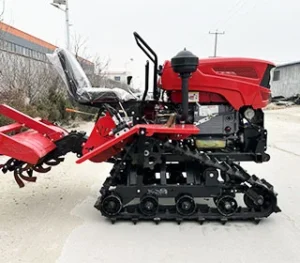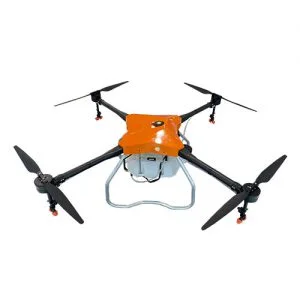How Drone Agriculture Can Improve Crop Health and Yields
Introduction
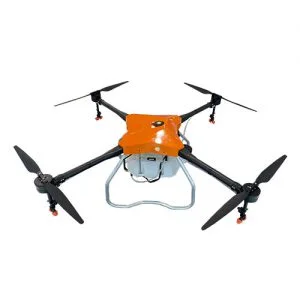
In recent years, the agricultural industry has witnessed a technological revolution, with drone agriculture emerging as a transformative tool for modern farming. Drones equipped with advanced sensors and imaging technologies offer unprecedented insights into crop health, field conditions, and overall farm management. This blog explores how drone agriculture enhances crop health and increases yields, providing an in-depth look at its benefits, applications, and future potential.
What Is Drone Agriculture?
Definition and Technology
Drone agriculture involves using unmanned aerial vehicles (UAVs) equipped with cameras, sensors, and other technologies to monitor and manage crops. Key components include:
- Drones: UAVs that fly over fields to collect data.
- Sensors and Cameras: High-resolution cameras and multispectral sensors that capture detailed images and measurements.
- Software: Analytical tools that process data to generate actionable insights.
Types of Drones Used in Agriculture
- Multirotor Drones: Ideal for precise tasks and hovering over specific areas.
- Fixed-Wing Drones: Suitable for covering larger areas with longer flight times.
- Hybrid Drones: Combine features of both multirotor and fixed-wing drones for versatile applications.
Benefits of Drone Agriculture
Enhanced Crop Monitoring
Drones provide real-time, high-resolution images of crops, enabling farmers to monitor crop health and detect issues early. Key benefits include:
- Early Detection of Diseases and Pests: Identifying problems before they spread.
- Assessment of Crop Growth: Tracking growth patterns and identifying areas needing attention.
Improved Precision and Efficiency
Drone agriculture enhances precision in farm management, leading to more efficient use of resources. Benefits include:
- Targeted Application of Inputs: Applying water, fertilizers, and pesticides only where needed.
- Reduced Resource Waste: Minimizing excess application and associated costs.
Data-Driven Decision Making
Drones collect vast amounts of data that can be analyzed to make informed decisions. Key advantages include:
- Detailed Field Analysis: Generating insights into soil health, moisture levels, and crop vigor.
- Informed Planning: Using data to plan planting, irrigation, and harvesting schedules.
Increased Yield and Quality
By monitoring crop health and optimizing inputs, drone agriculture can lead to increased yields and improved crop quality. Benefits include:
- Optimized Growth Conditions: Ensuring crops receive the best conditions for growth.
- Higher Marketable Yields: Producing higher quality crops with fewer defects.
Applications of Drone Agriculture
Field Mapping and Soil Analysis
Drones can create detailed maps of fields, providing valuable information about soil health and topography. Applications include:
- Soil Moisture Mapping: Identifying areas with varying moisture levels.
- Topographic Mapping: Understanding field contours and elevations.
Crop Health Monitoring
Regular monitoring with drones helps track the health of crops over time. Applications include:
- Disease and Pest Detection: Identifying signs of infestations or infections.
- Nutrient Deficiency Assessment: Spotting areas with insufficient nutrients.
Precision Agriculture
Drones support precision agriculture by allowing for targeted interventions. Applications include:
- Variable Rate Fertilization: Applying fertilizers based on specific field needs.
- Spot Spraying: Targeting pest and weed control precisely.
Irrigation Management
Drones can assess irrigation needs and optimize water use. Applications include:
- Water Stress Mapping: Identifying areas with water shortages.
- Irrigation System Assessment: Checking the effectiveness of irrigation systems.
Harvest Planning
Drones aid in planning and managing harvests by providing detailed field insights. Applications include:
- Harvest Timing: Determining the optimal time for harvesting.
- Yield Estimation: Estimating crop yields to plan for storage and marketing.
Comparison of Drone Agriculture Technologies
To understand the various options available, the following table compares key drone technologies used in agriculture:
Comparison Table: Multirotor vs. Fixed-Wing vs. Hybrid Drones
| Feature | Multirotor Drones | Fixed-Wing Drones | Hybrid Drones |
|---|---|---|---|
| Flight Time | Short (30-45 minutes) | Long (1-2 hours) | Moderate (45-60 minutes) |
| Coverage Area | Small to Medium | Large | Medium to Large |
| Precision | High | Moderate | High |
| Versatility | High | Low | High |
| Cost | Moderate | High | High |
| Ease of Use | Easy | Moderate | Moderate |
| Best For | Detailed inspections | Large area mapping | Versatile applications |
Implementing Drone Agriculture in Your Farm
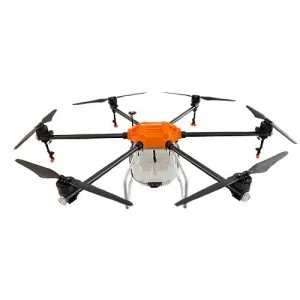
Assess Your Needs
Determine what aspects of your farm would benefit most from drone technology. Consider factors like crop types, field size, and specific management goals.
Choose the Right Drone
Select a drone type and model that aligns with your needs. Consider factors like flight time, coverage area, and precision.
Integrate with Farm Management Systems
Ensure that the data collected by drones can be integrated with existing farm management systems for seamless analysis and decision-making.
Train Your Team
Provide training for your team on how to operate drones, interpret data, and implement insights effectively.
Monitor and Evaluate
Regularly evaluate the performance of drone technology and its impact on crop health and yields. Make adjustments as needed to optimize results.
Conclusion
Drone agriculture represents a significant advancement in modern farming, offering numerous benefits for crop health and yield improvement. By providing detailed insights into crop conditions, optimizing resource use, and enabling data-driven decision-making, drones enhance efficiency and productivity in agriculture.
As technology continues to evolve, the potential applications of drone agriculture will expand, offering even greater opportunities for farmers to improve their practices and achieve better outcomes. Embracing drone technology can lead to a more precise, efficient, and successful farming operation, ultimately benefiting both producers and consumers.
FAQ
Q: What types of drones are best suited for agricultural use?
A: Multirotor drones are ideal for detailed inspections, fixed-wing drones are best for large area mapping, and hybrid drones offer versatility for various applications.
Q: How can drones improve crop health monitoring?
A: Drones provide real-time, high-resolution images that help detect diseases, pests, and nutrient deficiencies early, allowing for timely interventions.
Q: What is precision agriculture, and how do drones support it?
A: Precision agriculture involves optimizing farm inputs based on specific field conditions. Drones support this by providing detailed data for targeted fertilization and spot spraying.
Q: How does drone agriculture impact farm management costs?
A: While the initial investment in drones can be high, the increased efficiency and resource optimization typically result in cost savings and improved profitability over time.
Q: Can drones be used for irrigation management?
A: Yes, drones can assess soil moisture and irrigation system effectiveness, helping farmers optimize water use and manage irrigation more effectively.

